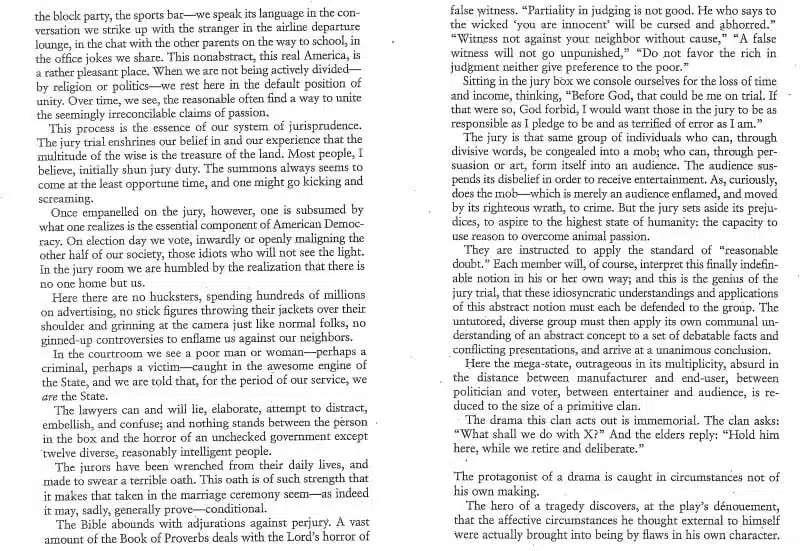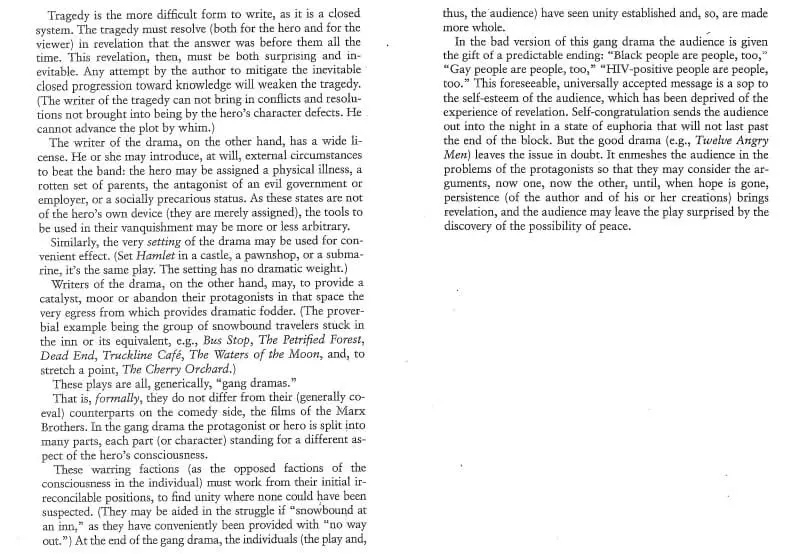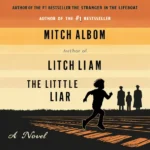Introduction
Twelve Angry Men PDF novel, written by Reginald Rose, is one of the most enduring works in American theater, exploring the complexities of justice, morality, and human bias. First broadcast as a teleplay in 1954, it was adapted into a celebrated stage play and a classic 1957 film. Set in a jury room, the play dives into the deliberations of twelve men who must decide the fate of a young man accused of murder. Rose’s work underscores how individual prejudices and personalities affect justice.
| Name of PDF | Twelve Angry Men |
|---|---|
| No Pages | 78 |
| Author | Reginald Rose |
| Language | English |
| Genres Characters | Novel, Historical Fiction, Drama Juror #8, Juror #10, Juror #3, Juror #11, Juror #9 |
| Size | 1.13 MB |
| Chek, latest edition |
Table of Contents
Plot Summary of Twelve Angry Men
The play opens with twelve jurors locked in a tense jury room, tasked with deciding the guilt or innocence of a defendant accused of a serious crime. Initially, it seems that the decision will be unanimous. However, one juror, Juror #8, begins to question the evidence and raise doubts, which ignites heated debates. As the discussion unfolds, the jurors are forced to confront their biases, motivations, and emotions.
Setting and Atmosphere
The entire play takes place in a single room, creating a confined and claustrophobic atmosphere that amplifies the tension. This setting allows the audience to focus intensely on the characters’ interactions, emphasizing the isolation and gravity of the decision they must make.

Major Themes in Twelve Angry Men
Twelve Angry Men explores several universal themes:
- Justice and the American Legal System: The play examines the jury’s role as a safeguard of justice, where every decision must be made beyond reasonable doubt.
- Prejudice and Bias: Through various characters, Rose illustrates how personal biases can influence perception and judgment.
- Reasonable Doubt: Juror #8’s insistence on exploring doubt serves as a reminder of the legal principle of “innocent until proven guilty.”
- Moral Courage and Integrity: Standing alone, Juror #8 embodies the courage to go against the majority for what he believes is just.
Character Analysis
Rose’s characters each represent different societal perspectives, backgrounds, and temperaments. Here’s a closer look at a few key jurors:
- Juror #8: Often seen as the protagonist, he is calm, rational, and advocates for fairness, questioning assumptions and challenging biases.
- Juror #3: The antagonist, he is aggressive, stubborn, and allows personal issues to cloud his judgment.
- Juror #10: A bigoted juror, he reveals prejudices that influence his desire for a quick verdict.
- Juror #4: A logical and intelligent man who prefers facts to emotions, highlighting the necessity of reason in judicial matters.
Symbolism in Twelve Angry Men
Symbols play a crucial role in Twelve Angry Men, with the jury room symbolizing the concept of justice and the ideal of truth. The switchblade, the defendant’s supposed murder weapon, symbolizes the “evidence” used to challenge facts and assumptions, making it a focal point in uncovering biases.
Legal Concepts Explored
Twelve Angry Men provides a nuanced view of legal principles:
- Reasonable Doubt: Juror #8’s doubt sheds light on the critical importance of certainty in verdicts, particularly in criminal trials.
- Burden of Proof: The play stresses that the prosecution must prove guilt beyond a reasonable doubt, placing the responsibility squarely on the state.
- Jury Dynamics: The play captures the unique pressures and dynamics within a jury, illustrating how personalities and opinions intersect.
Psychological Dynamics of Groupthink
The deliberations depict how groupthink impacts jurors, with some initially agreeing with the majority out of convenience. However, as Juror #8 presents new angles, individual jurors begin re-evaluating their positions.
Role of Dialogue and Language
Rose’s dialogue-heavy script uses language to heighten tension. Juror #3’s confrontational tone contrasts with Juror #8’s measured language, emphasizing their opposing viewpoints.
The Role of Empathy in Decision-Making
Empathy becomes a transformative force in the deliberations. Juror #8’s questioning approach encourages others to consider the defendant’s circumstances and question their initial assumptions.
Conflict and Resolution
Conflict is woven throughout the play, from personality clashes to internal struggles over personal beliefs. This conflict drives each juror’s transformation, making the resolution a satisfying culmination of intense debate and introspection.
Historical Context of Twelve Angry Men
In the 1950s, the American justice system faced scrutiny over issues of fairness and prejudice, making Twelve Angry Men especially relevant. The play’s portrayal of a diverse jury grappling with biases mirrors the societal challenges of the time.

Impact and Legacy of the Play
The play’s impact has been substantial, inspiring generations of courtroom dramas and discussions on legal ethics. Its themes remain highly relevant, as it continues to resonate with audiences worldwide.
Adaptations and Influence
The 1957 film adaptation, directed by Sidney Lumet, brought Rose’s story to an even broader audience. The play has since been adapted for various media, reflecting its universal appeal and timeless message.
Conclusion
Twelve Angry Men remains a powerful exploration of justice, courage, and human nature. Reginald Rose’s play challenges audiences to consider the value of empathy and integrity in the face of prejudice. Its compelling dialogue, multi-dimensional characters, and probing themes ensure its lasting place in American drama.
FAQs about Twelve Angry Men PDF
What is the main message of Twelve Angry Men?
The play advocates for impartiality, courage, and empathy, highlighting the importance of justice free from personal bias.
How does Juror #8 influence the other jurors?
Through calm reasoning and persistence, Juror #8 encourages others to question their biases and view the case objectively.
What role does prejudice play in the jury’s decision-making?
Prejudice skews several jurors’ initial opinions, affecting their judgment and driving the central conflict in the play.
Why is Twelve Angry Men set in one room?
The single-room setting intensifies the focus on character interaction and moral conflict, emphasizing the jury’s isolation and pressure.
What adaptations have been made of Twelve Angry Men?
The story has been adapted into films, television series, and numerous stage productions, each bringing fresh perspectives to its timeless themes.
What grade do you read 12 Angry Men?
8th Grade
Was 12 Angry Men a book?
An American courtroom drama
What is the main point of 12 Angry Men?
Explores the motivations and prejudices of individual jury members and how they eventually argue their way to a unanimous decision




